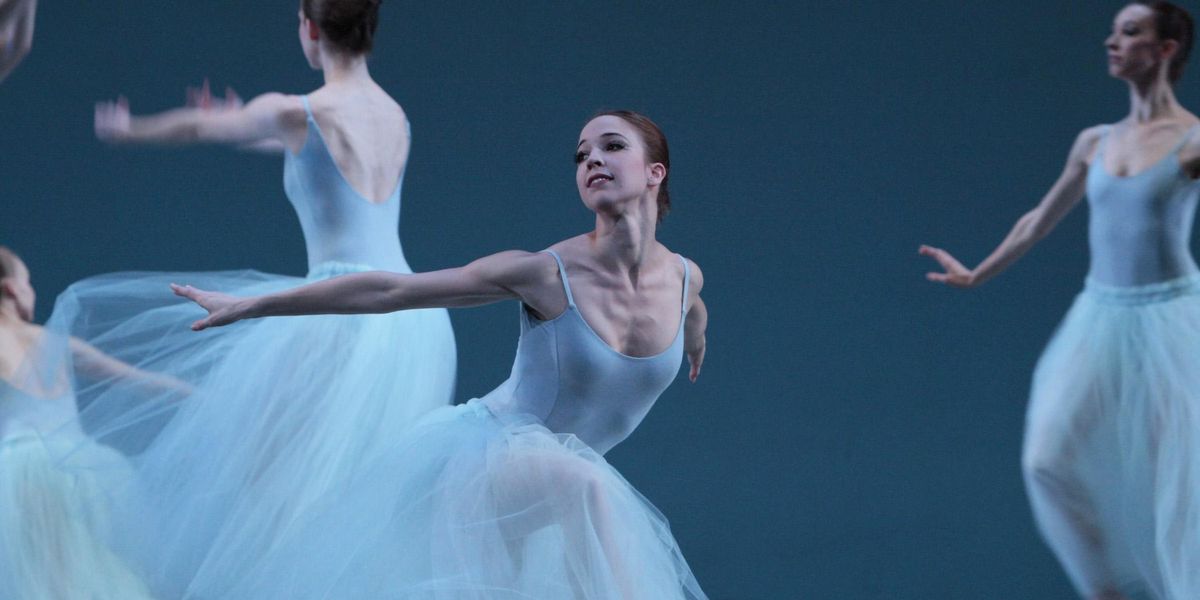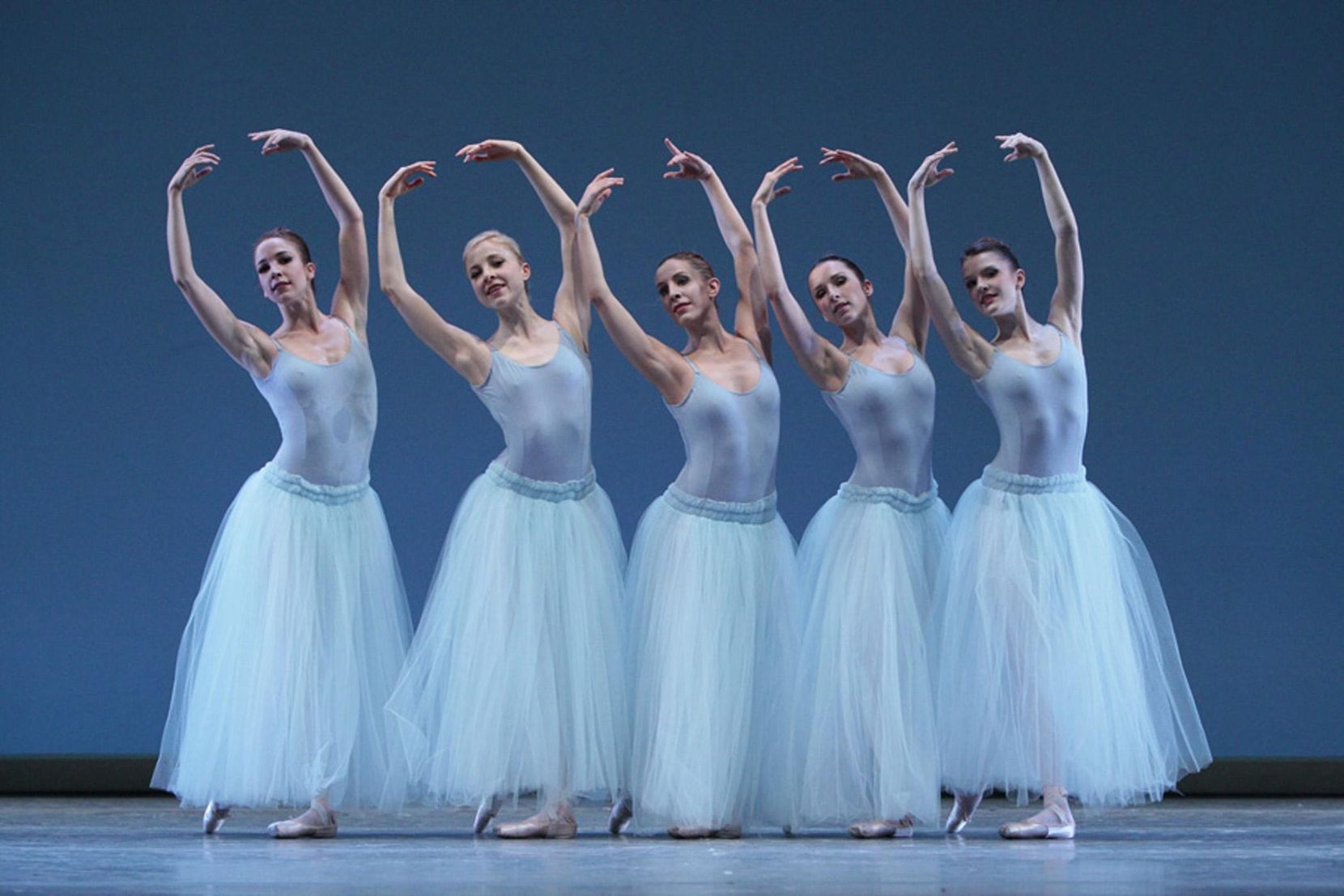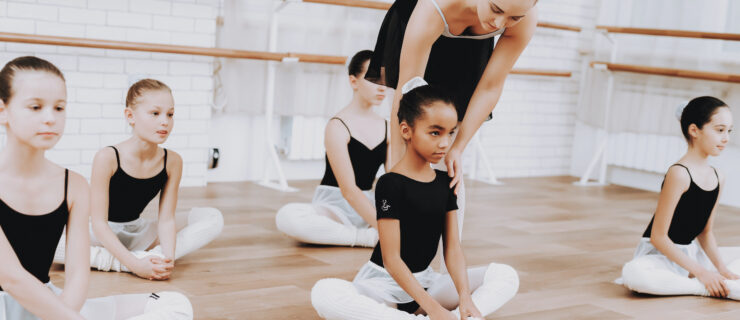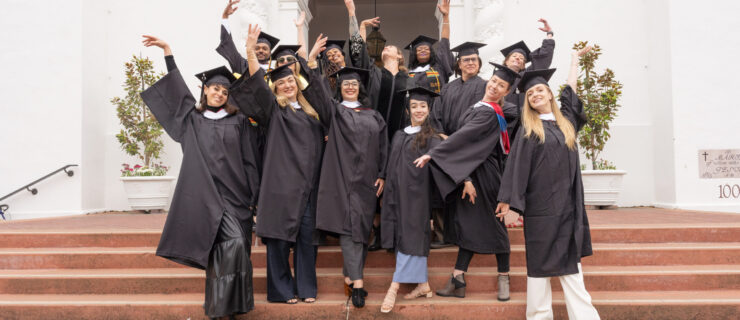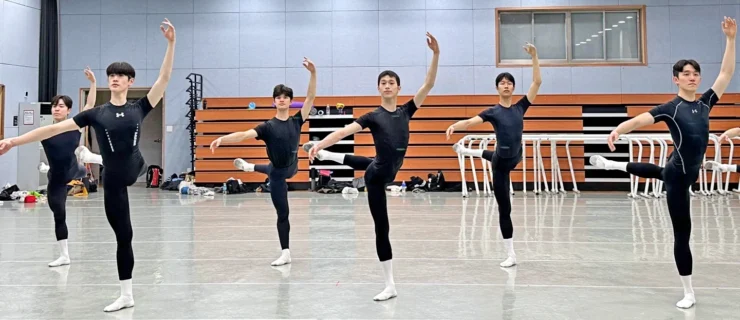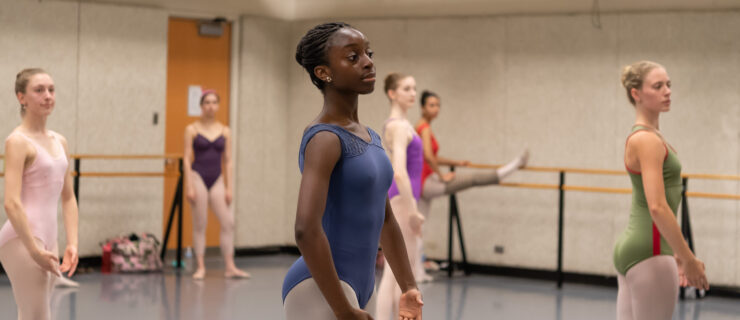My 12-Year Journey to a Bachelor’s Degree While Dancing Professionally
If you’d have told me in 2009 that it would take 12 years to earn my bachelor’s degree, I never would have believed you. Back then, I was a dancer in my early 20s and in my second year with Los Angeles Ballet. I was used to the straightforward demands of the professional ballet world. I knew that hard work and willpower were the currency you paid in the studio, and that the thrill of live performance made all that investment worth it. What I didn’t know then is how life’s twists and turns aren’t always so straightforward. In hindsight, I can see how my winding road to higher education has strengthened me—and my relationship with the ballet world—more than I ever could have imagined.
I can’t remember why I attended that first informational meeting in Los Angeles Ballet’s lobby for the Liberal Education for Arts Professionals (LEAP) program at Saint Mary’s College of California. The program allows dancers to transpose their professional performing experience into college credit toward a BA in performing arts. I must have had time to kill between rehearsals, because back then I didn’t have any immediate drive to study. Even in high school, I’d seen going to college as a plan B that represented some failure in my overwhelming dream to become a professional dancer. After fulfilling that dream, I still considered life after dancing as some abstract future reality. Rationally, I knew that a dancer’s stage career ended eventually—that there was bound to be a moment of “What next?” I guess it was that question that drew me to the meeting, and to joining the LEAP program the following fall.
While it’s becoming more common for dancers on career tracks to attend college dance programs, for those pro dancers who joined companies right after high school there are a few ways to pursue college degrees. Some attend universities part-time; for example, many dancers in New York City study at Fordham University or Columbia University while balancing a performing schedule. And some ballet companies team up with local colleges, like Boston Ballet’s partnership with Northeastern University, to help their dancers prepare for post-performance careers. Then, there are programs specifically geared to pros, like LEAP, which allows dancers to receive college credit for their professional experience. Combined with a core curriculum, transfer credits and portfolio essays, the program acknowledges experience in the professional dance world as a source of learning.
I took Writing for the Major as my first in-person class, on Monday nights. My class was filled with former professional dancers, at all stages of life. I was relieved to find that taking one course at a time alongside my dance career wasn’t just manageable—it was fantastic! Coursework gave me a chance to think about something other than casting. In the studio, I could be in the present moment, focused on honing my performance. But outside of rehearsal, I started to explore new heights.
Annie Colbeck, Courtesy Lucy Van Cleef
Over those first few years, my college program gave me an amazing array of experiences. In the summer of 2011, I participated in a study-abroad program, traveling to Cape Town, South Africa, with six other dancers to teach at a two-week dance program—an adventure I’ll never forget. I was also privileged to work with amazing teachers—Christian De Matteo and Jill Nunes Jensen, especially—who encouraged me to lean into my love of dance and writing.
My trajectory pivoted when I moved to Europe in 2012. At that point, performing was my focus. I danced in Copenhagen and Berlin, and traveled throughout Germany as a freelance dancer. It was an incredible time for absorbing inspiration; I was amazed at the massive scope of the dance world, both in its diversity of styles and its incredible history. While I took the odd online course (one of which was a beginning German class that led me to meet my husband), I admittedly lost sight of my degree.
Programs that award credit for dance experience can be a sticking point for some, who view college as a chance to develop a completely new set of skills. I would argue that recognition of a dancer’s experience allows for the fluidity, and unexpectedness, of a dancer’s life. Experience is cumulative, and a degree can serve as a stepping-stone to whatever comes next. The only question remains: What do you want to pursue?
Annie Colbeck, Courtesy Van Cleef
While I’m grateful for the chance to both broaden my knowledge in the humanities and social sciences and transpose dance experience into credit, it has actually been the ability to fuse my skill sets that has served me most. My course requirements encouraged me to articulate my love of dancing in a way that more people could understand—an ability that paved the way for the next stage of my career as a dance writer.
By 2017, I was on my way to a successful transition, even though I still hadn’t earned my BA. I lived in Berlin and was building my writing resumé. I was grateful to have found something that excited me in the same way performing had. But I was bothered by the question: Why do I need a degree? That question went unanswered for a long time. I knew I should finish what I’d started; but why, exactly?
The answer came last March, during the first lockdown. I don’t remember which came first: an interest in researching dance history or an email from Andrew Pearson, LEAP’s Los Angeles program coordinator, about whether I’d be interested in resuming the program. After some back-and-forth, it was clear: I was now on the way to completing my very last credits toward my bachelor’s degree.
I received my diploma in the mail in April of this year. It came just in time for me to submit my application to graduate school, where I’ll be studying dance history. It might have taken 12 years, but the chapter was finally completed—thanks to the tireless support from three advisors: Mark Baird, Annie Colbeck and Andrew Pearson.
I can’t tell you how the saga will end. I’m confident that my stage career has prepared me, and thankful that my BA is allowing the next stages of my life to unfold. I’m ready for the hard work and willpower that the next steps—or spirals, obstacles and redirections, in dancer lingo—of my life will take. Let’s see what the next 12 years look like!
